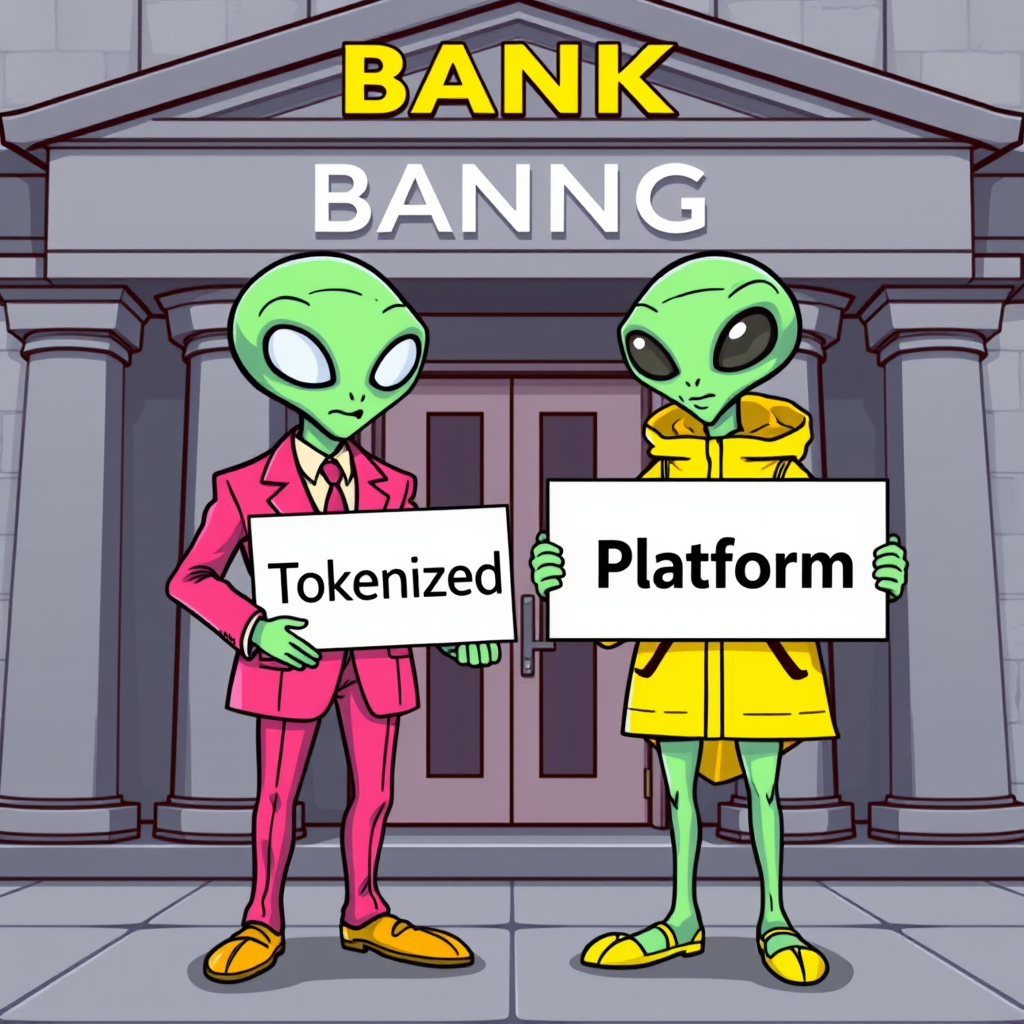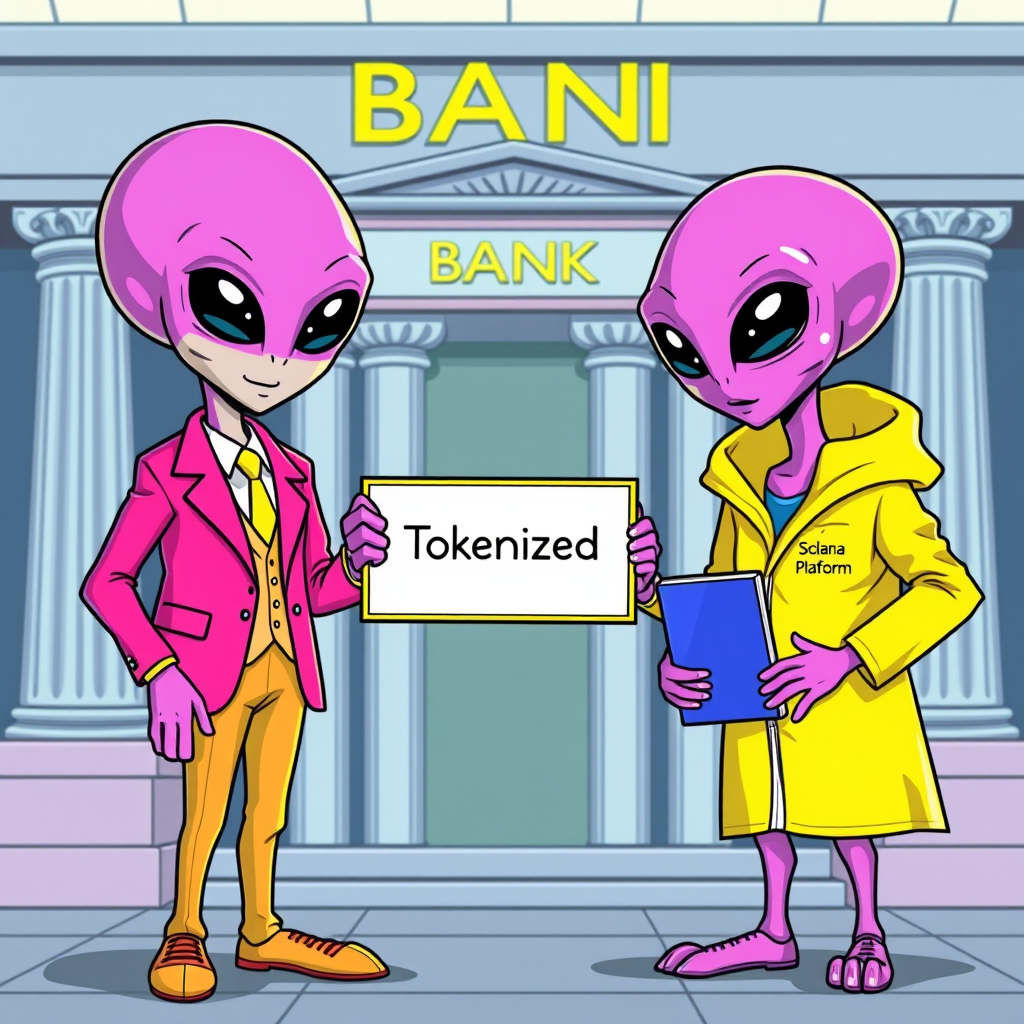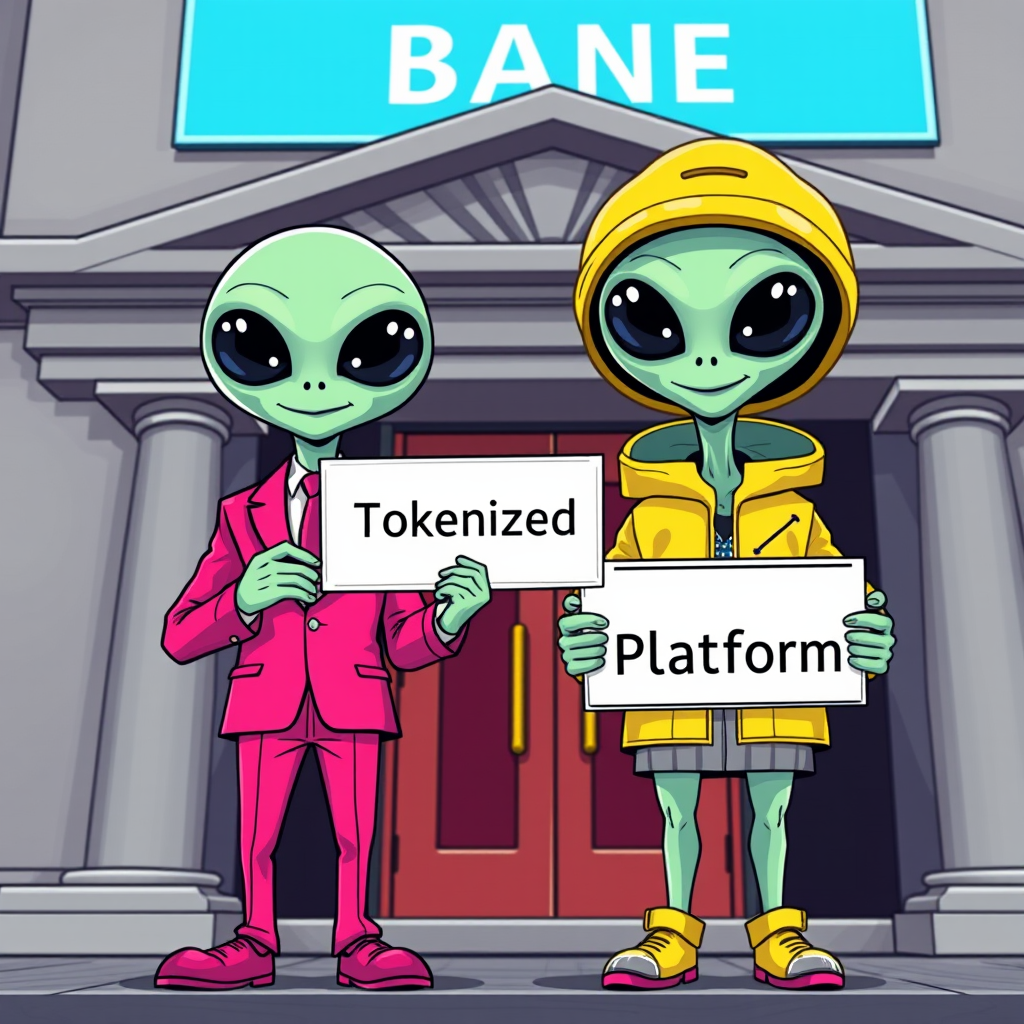Tokenized assets present an array of benefits to the traditional banking industry, reshaping how financial institutions operate. By converting physical assets into digital tokens on a blockchain, banks can benefit from increased liquidity, as tokenized assets allow for fractional ownership, making it easier for investors to buy and sell portions of assets. This, in turn, can lower the barriers to entry for investment opportunities, democratizing access to wealth-building instruments that were historically reserved for those with significant capital.
The integration of tokenized assets into banking also enhances transparency. Each transaction recorded on a blockchain is immutable and publicly accessible, providing a verifiable audit trail and reducing risks associated with fraud and error. Additionally, tokenized assets can streamline processes through automation via smart contracts, enabling more efficient settlement of trades without the need for intermediaries and reducing operational costs for financial institutions.
Furthermore, the digitization of assets via tokenization can facilitate a new wave of innovation within the fintech ecosystem. Digital assets enable banks and fintech companies to offer new products and services, aligning with the growing demand for more personalized and efficient financial services. As decentralized finance (DeFi) gains traction, banks can leverage tokenized assets to stay competitive, integrating traditional banking services with emerging digital financial solutions on platforms like Ethereum to create a more robust and inclusive financial environment.
How Ethereum enables integration

Ethereum, as a leading blockchain platform, plays a pivotal role in integrating tokenized assets into traditional banking systems. Its robust infrastructure offers the perfect environment for creating, managing, and trading digital assets, leveraging the power of decentralized technology to bridge the gap between conventional finance and the emerging world of digital assets. One of Ethereum’s key advantages is its support for smart contracts, which are self-executing contracts with the terms of the agreement directly written into code. This feature allows complex financial transactions to be automated with minimal manual intervention, ensuring accuracy, efficiency, and compliance.
Moreover, Ethereum’s compatibility with a variety of decentralized applications (DApps) enables seamless integration with existing banking infrastructure. DApps can interact with banking systems to offer innovative solutions that enhance operational efficiency and service delivery. By using Ethereum’s blockchain, traditional banks can access a decentralized ledger that records every transaction, providing enhanced security and transparency. This increased level of trust is crucial for financial institutions as they adapt to a digital-first approach in the rapidly evolving fintech landscape.
Ethereum also facilitates interoperability with other blockchains through token standards like ERC20 and ERC721, which define how tokens can be transferred and track their interactions. This aspect is crucial for traditional banks considering multi-asset strategies as they navigate the tokenized platform, ensuring that they are not restricted to a single type or class of digital asset. Additionally, Ethereum’s active community and continuous development ensure that the platform remains at the forefront of innovation, offering regular upgrades that enhance security, scalability, and functionality for users interested in integrating tokenized assets into their financial operations.
Building a tokenized platform
Creating a robust tokenized platform requires a structured approach that ensures compatibility with existing banking systems while capitalizing on the unique capabilities of blockchain technology. The foundation of such a platform begins with a clear understanding of the regulatory landscape and the compliance needs of different jurisdictions. Since tokenized assets need to adhere to regulatory requirements similar to traditional financial instruments, ensuring a comprehensive compliance framework is key to gaining the trust of both regulators and clients.
An essential element in building a successful tokenized platform is selecting the right blockchain infrastructure. Ethereum is often favored for its versatile and mature ecosystem, providing the necessary tools and standards, like ERC20 for fungible tokens and ERC721 for non-fungible tokens, to represent various types of digital assets. These standards ensure that the tokens can be easily created, transferred, and managed, building a layer of interoperability that is critical for a seamless user experience.
Security is another crucial consideration in the platform’s architecture. Blockchain technology naturally offers significant security advantages, but additional layers are necessary to further protect sensitive financial data and digital assets. This includes implementing robust cryptographic techniques, conducting regular security audits, and deploying decentralized storage solutions to prevent unauthorized access and mitigate the risks of data breaches.
User experience is equally pivotal in encouraging widespread adoption among both banking clients and institutional investors. A well-designed tokenized platform should provide intuitive interfaces and comprehensive dashboards that allow users to manage their tokenized investments as effortlessly as they handle traditional assets. Education also plays a fundamental role, ensuring users understand how to navigate the new digital landscape effectively.
Integrating banking systems and fintech innovations into a cohesive platform that supports tokenized assets requires careful planning and execution. APIs and middleware solutions can enable seamless data exchange between traditional IT infrastructure and blockchain systems, ensuring real-time updates and synchronization between both environments. This integration must prioritize latency and performance to match the high-speed transactions of the existing financial networks.
The flexibility to evolve and adapt to technology advancements in DeFi and broader digital asset innovations is essential. As blockchain technology and user expectations evolve, the platform must be engineered with adaptability in mind to incorporate new standards and functionalities without significant overhaul. Continuous engagement with the Ethereum community and active participation in its development ecosystem can provide insights into emerging trends and technological breakthroughs that can be leveraged to enhance the platform’s capabilities.
Challenges in adopting tokenization
Despite the numerous advantages, adopting tokenization in traditional banking faces several significant challenges. One of the primary hurdles is the regulatory environment. The existing legal frameworks are primarily designed for traditional financial instruments and may not readily accommodate the nuances of digital assets like tokenized assets. Regulators worldwide are in varying stages of developing guidelines for blockchain technology and digital assets, resulting in a landscape that is fragmented and constantly evolving. This uncertainty can deter banks from fully embracing tokenization due to the potential risk of non-compliance.
Another challenge lies in the technological integration required to incorporate tokenized assets into established banking systems. Traditional banks typically operate on legacy infrastructure, which can be inflexible and incompatible with new blockchain technologies. Upgrading or overhauling these systems to support digital assets like those on a tokenizedplatform requires significant investment in technology and expertise, not to mention potential disruptions during the transition phase. Ensuring data security and integrity throughout this process is crucial, as any breaches can undermine client trust and regulatory compliance.
The perception and understanding of digital assets among stakeholders also pose a challenge. Both institutional investors and retail clients may hold reservations about the volatility, security, and legitimacy of tokenized assets. Education and advocacy are essential in addressing these concerns and fostering a willingness to engage with this new asset class. Banks must invest in providing comprehensive resources and support to guide their clients through the transition to a more digital asset-oriented portfolio.
Interoperability with other financial systems is another critical issue. To fully leverage the benefits of tokenization, banks must ensure that tokenized assets can smoothly interact with existing financial products and markets. Achieving this level of integration requires developing standardized protocols and collaborating with other players in the fintech ecosystem. Ensuring that tokenized assets can be used seamlessly across different platforms without loss of value or functionality is vital for their acceptance and utility in the banking sector.
The cultural shift within the banking industry is also necessary for adopting tokenization. Institutions must move from traditionally cautious approaches to embracing innovative technologies like blockchain and DeFi. This requires a change in mindset among executives and staff, who may need to acquire new skills and knowledge to effectively manage and promote tokenized assets. Encouraging this cultural transformation involves leadership commitment and fostering an environment that supports experimentation and innovation while maintaining focus on security and compliance.
Future trends in financial tokenization

The landscape of financial tokenization is poised for dynamic evolution, underpinned by advancements in technology and shifting market dynamics. One leading trend is the rise of decentralized finance (DeFi) applications, which continue to expand the possibilities for tokenized assets within banking. DeFi enables more sophisticated financial services, like lending, borrowing, and derivative trading, to be executed autonomously on blockchain networks, offering banks new avenues to innovate traditional services while reducing reliance on intermediaries.
Additionally, emerging technologies such as artificial intelligence (AI) and machine learning are set to play a significant role in enhancing the capabilities of tokenized platforms. By integrating AI with blockchain, banking institutions can further automate complex processes, improve risk assessment, and offer more personalized financial products. This technological convergence supports the creation of next-generation tokenized platforms that are more responsive, efficient, and secure.
The development of cross-chain solutions is another critical trend. As banks increasingly explore digital assets, interoperability between different blockchains becomes paramount. Solutions that facilitate seamless transactions between Ethereum and other blockchain networks will be crucial, as they allow banks to operate within a broader ecosystem of digital assets. This capability not only increases the utility of tokenized assets but also enhances liquidity across different platforms, making it easier for banks to incorporate them into their traditional portfolios.
Furthermore, regulatory advancements are expected to shape the future of financial tokenization significantly. As governments and regulatory bodies gain a deeper understanding of blockchain technology and digital assets, clearer frameworks will emerge. These regulatory developments will likely encourage banks to adopt tokenization more widely by providing a more stable and predictable environment. This stability can spur greater institutional participation, driving innovation and adoption at a larger scale.
Sustainability and environmental impact are also becoming key considerations as blockchain adoption widens. Ethereum’s shift towards a more energy-efficient consensus mechanism, such as proof-of-stake, represents an early response to the environmental concerns associated with blockchain technology. As climate considerations gain traction globally, banks may prioritize platforms and technologies that align with green standards, affecting their choice of tokenized platforms.
Increased collaboration between traditional financial institutions and fintech startups is anticipated. Such partnerships can leverage the agility and creativity of fintechs with the stability and scale of established banks, creating an environment ripe for innovation. This collaborative spirit will likely drive the co-creation of new tokenized financial products and services, enhancing value for end-users and establishing tokenization as a mainstay in the future financial landscape.






